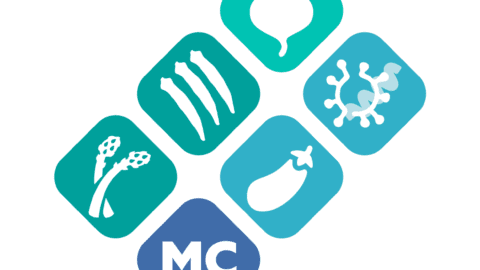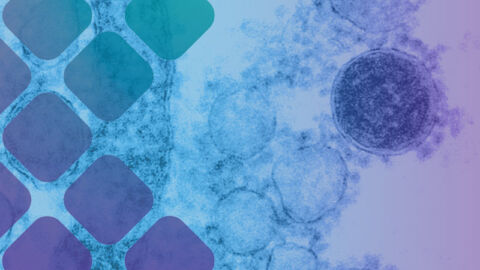Trillions of friendly microbes are currently living symbiotically within each of us right now (give or take a few billion). In fact, there are more of “them” than there are of “us”. While this phenomenon has been known for quite some time, only recently has modern medicine starting to examine this relationship and how it affects human health. Studies on the use of probiotics have been performed on a wide range of populations. Despite the seemingly obvious importance of these microbes, there is still some confusion about the role of probiotics in reducing the colonization of opportunistic pathogens like Clostridia and Candida? For example, some people believe that probiotics alone can treat an infection. Others believe
that they “compete” for resources and “crowd out” the bad guys. So, what does the evidence say?
Promising data by several studies have demonstrated the use of probiotics is effective against numerous pathological conditions caused by Candida. In these studies, Lactobacillus GG, L. acidophilus, and Saccharomyces boulardi were the predominant probiotics shown to be effective, with L. GG demonstrating the ability to induce antibody formation against Candida (PMID 15932169). Supplementation with probiotics has been shown to accelerate the healing of various pathological conditions in the gastro‐intestinal tract when Candida is present (PMID 17242486, 17251510). The use of probiotics have also been shown to accelerate immune response to Candida in both human and murine model simulations (PMID 17242486, 15813696). Probiotics have shown to decrease occurrence of Candida overgrowth in the elderly population (PMID 17251510). In preterm infants, probiotics were shown to prevent colonization of Candida, a common problem in this patient population (PMID 16705580). According to these data, probiotics promote and stimulate the host immune response against intestinal Candida overgrowth and accelerate healing in the intestinal mucosa. In most of the studies, probiotics were used alongside antifungals not instead of.
So can probiotics help reduce oxalates? Since Candida can produce oxalates (PMID 11452311) many people are interested in using probiotics therapeutically to minimize the oxalate load. Many studies have demonstrated that Oxalobacter formingenes bacteria can reduce oxalate stone formation (hence the name) (PMID 16284877). As of right now, testing for Oxalobacter formingenes is available primarily in research settings and supplements are not widely available to the public (though I expect that they will be soon). Fortunately, there are other beneficial bacteria species shown to reduce oxalic acid. Many of these are already available probiotic form. These include Lactobacillus acidophilus, Lactobacillus Casei, Bifidobacterium breve, and Bifidobacterium lactis all of which are available in Lactoprime probiotic formula (PMID 17953571, 19214493, 15345383, 20602988, 20601517).
Studies on the use of probiotics in the prevention and treatment of C. difficile infections have been promising with many well‐respected institutions incorporating them into protocol, particularly for patients with reoccurring C. difficile infections. A meta‐analysis was recently conducted that reviewed several randomized controlled trials investigating the use of probiotics against C. difficile in human subjects. The results demonstrated a reduction in the reoccurrence of infection in patients with reoccurring C. difficile infection when probiotic strains of Lactobacillus or Saccharomyces boulardi were used in combination with antibiotic treatment (PMID 19324296). A separate study indicated that S. boulardi inhibits toxins associated with C. difficile and mitigates the inflammation associated with infection (PMID: 9864230). Restoration of the intestinal microbial balance is thought to be an important
aspect to preventing reoccurring infections (PMID 18199029). Patients receiving treatment with vancomycin have better outcomes when the treatment is combined with probiotic supplementation (PMID 11049785). Here probiotics can potentially prevent reoccurring infection associated with Clostridia species and reduce inflammation associated with the toxins produced by Clostridia. Here again, these are used in conjunction with antibiotic therapy, not alone to fight infection.
The majority of these studies look at the efficacy of specific strains. Doing so helps to control the variables of the study but ignores the more clinically relevant aspect of multiple species. The broader question still remains to be asked, what is the appropriate ratio of beneficial bacterium to prevent disease states and illicit an appropriate humoral immune response in vulnerable versus healthy populations? As challenging as this question is to answer, it is one worth pursuing. In the mean time, a healthy dose of probiotics is likely to be a good choice for individuals concerned with combating or preventing opportunistic pathogens.




